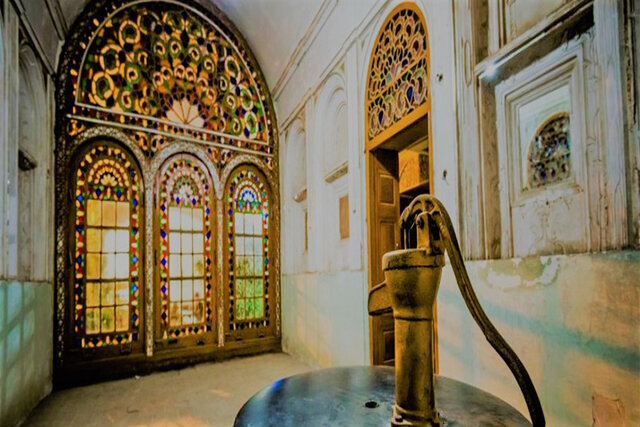Virtual reality to turn spotlight on water tourism in Yazd

TEHRAN - If the purpose of heritage museums is to build a bridge between the past and present, then virtual reality (VR) is undeniably one of the most innovative construction tools at their disposal.
In a recent agreement reached between Yazd Water Museum and two Iranian startups, the museum, which features a lesser-known world of qanats, underground aqueducts, and primitive irrigation systems in the oasis city, will be subject to a VR project.
Virtual reality is exactly as the name suggests a technology that audibly and visually transports people to another place or time. It is a powerful tool that has become commonplace in industries like video gaming over the last few years, but there are also a growing number of museums and heritage sites putting VR to good use, too.
In July 2017, the historical structure of the city of Yazd was named a UNESCO World Heritage. Wedged between the northern Dasht-e Kavir and the southern Dasht-e Lut on a flat plain, the oasis city enjoys a very harmonious public-religious architecture that dates from different eras.
Yazd is usually referred to as a delightful place to stay, or a “don't miss” destination by almost all of its visitors.
Water is brought to the city by the qanat system. Each district of the city is built on a qanat and has a communal center. The concept of Persian Qanat was registered on the UNESCO World Heritage list in 2016 as they provide exceptional testimony to cultural traditions and civilizations in desert areas with an arid climate.
The use of earth in buildings includes walls and roofs by the construction of vaults and domes. Houses are built with courtyards below ground level, serving underground areas. Wind-catchers, courtyards, and thick earthen walls create a pleasant microclimate.
Partially covered alleyways together with streets, public squares and courtyards contribute to a pleasant urban quality. The city escaped the modernization trends that destroyed many traditional earthen cities.
It survives today with its traditional districts, the qanat system, traditional houses, bazaars, hammams, water cisterns, mosques, synagogues, Zoroastrian temples, and the historic garden of Dolat-Abad. The city enjoys the peaceful coexistence of three religions: Islam, Judaism, and Zoroastrianism.
AFM
Leave a Comment